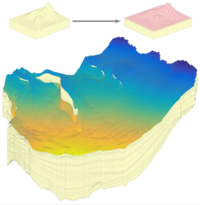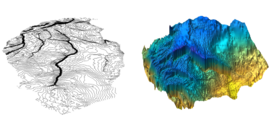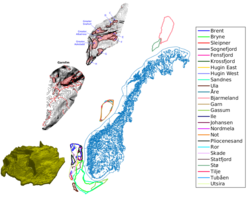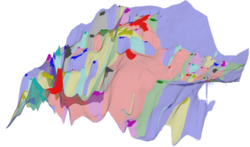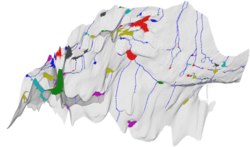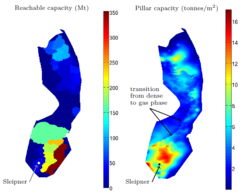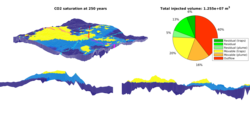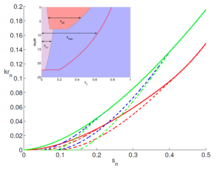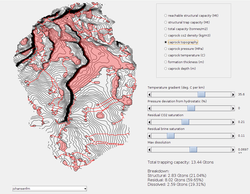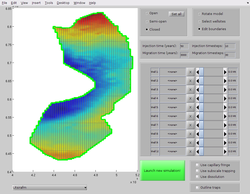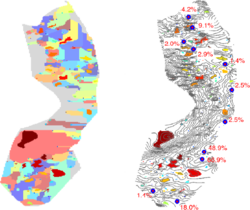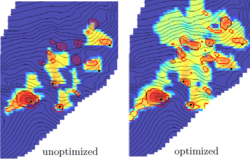You are here:
MRST
/
Modules
/
MRST-co2lab
/
Features and Capabilities
|
Features and Capabilities
This page outlines the main features and capabilities of MRST-co2lab, which is a module in the open-source MATLAB Reservoir Simulation Toolbox dedicated to modeling large-scale storage of CO2 in saline aquifers and other geological formations that are limited upward by a low-permeable caprock.
|
||||||||||||||||||||||||||||||||||||||||||||||||||||||||||||||||||||||||||||||||||||||||||||||||||||||||||||||

